Kevin (@kev07713) and his wife Karen (@karenheath62) had been to Hampshire in the week and had a haul of birds - Kev suggested he wouldn't mind going back as you can't go to the forests often enough. We stopped for breakfast enroute, soon after arriving at Acres Down in Hampshire in the gloom of the early morning - there was method behind our madness as lesser spotted woodpeckers are starting to be seen and there is a regular area they are seen here, often at first light. We stepped out of the car and noted firecrests around the car park - new for the year for me. I tried for a couple of photos but in the gloom they were hard to follow and I failed miserably - they were then away and into the trees across the road.
We walked down the path listening intently for either a call or a drumming but neither occurred. We heard and watched goldcrests, song and mistle thrushes, nuthatches, lots of marsh tits, and other assorted tits and finches along the route, stopping regularly to scan the trees. It was great to see so many of these forest dwellers, but we couldn't locate our bird. Kev stopped as he heard a brief call and we scanned the treetops, the calls having ceased - I eventually located the source and it was a male crossbill - I reached for my camera but of course this was the signal for the bird to take to the wing and depart - I directed Kev to it and he caught it in flight - another year tick for me.
Eventually we turned back and came across three firecrests crossing back and forth across the footpath between holly bushes on either side. We stopped and I managed to take half a dozen photos as the bird flitted through the branches - only one would be in focus or capture the bird from behind. What tremendous, little birds. We would see more but none that were easy to photograph. A good population here.
We turned around and followed a treecreeper as it landed at the base of a nearby tree and worked up the trunk - another year tick. Can you tell I've not been in woodlands much this year? We recorded all the same birds on our return to the car and despite camping out near the woodpeckers favoured area we left empty handed.
We walked up and around to the trails above the car park - from here you could see across the valley and had 360° views. We hoped to see more crossbills, displaying woodlark and goshawk, as Kev and Karen had seen previously.
We walked for about a mile and perched ourselves on an outcrop overlooking the area. Not a single crossbill or woodlark showed. In the far distance we spotted what may have been a pair of goshawks but by the time we got on the scope they’d dropped behind the distant trees and so 'may have been' it stayed. We toughed it out but after an hour or so we repaired to the car and made for Shatterford hoping to find the great grey shrike showing - Kev had found it three times on his last visit but always very distant - our mate Adrian Sparrowhawk had been treated to the bird sitting in a tall tree not far from the footpath - what would we get today?
We made our way from the Shatterford car park to where we could see three birders on scopes along the footpath. On the way there we passed three birders coming the other way who relayed that they had seen the bird in the very far corner by Dennys Wood. We got to where the other birders were stationed and scanned with bins and scope - the bird had disappeared around the wood and been lost from view. After 5-10 minutes Kev said he thought we should move down to where Adrian had seen the bird and from where he had distant scope views previously. We were joined by Steven Carey (@stevecarey33) carrying his serious camera gear but from this new vantage point the bird was not to be seen. We resolved to continue round, stopping at several points to scan again - with bins and Kev with his scope. Other birders came and went but none of us could locate the shrike.
We reached Dennys Wood and climbed the hill through the trees ending up on the ridge overlooking the area the shrike is seen. There would be little further opportunity to find our target and so it was a relief when Kev announced he had the bird on the scope - we all jumped on in turn and thanked Kev for his persistence. A few birders stopped as they passed and were treated with views. The bird was 650-700m away and so getting a photo, even through the scope, was not easy - Kev took a video through his scope (see his post on Twitter) and were able to watch as the bird fed on what looked like a vole. I tried hard but the bird was too far away. Eventually the shrike accidentally dislodged its prey from the tree and after grabbing it in its claws it transferred to its beak and exited, stage right - a moment I captured in video.
Kev located the shrike a couple of times as it moved along the hedgerow but eventually it was lost from view - despite waiting a further ten minutes we didn't see the bird again. On the return we came across a couple of guys lying in the scrub and Kev asked if they needed a defibrillator - they laughed and told us that they had been looking for nail fungus in the pony dung around the site. It turns out that the New Forest is its stronghold, whilst elsewhere in the UK and in a European context it is largely absent. In fact, it has been described as 'one of Europe's most threatened fungus species' and was included as 'Endangered' in a 1992 Red Data List and as 'Near Threatened' in a 2006 version. It is also a UK Biodiversity Action Plan species and has been somewhat controversially described as 'possibly the rarest fungus in Europe'. I tried not to step on it. In the UK it is thought to be exclusively associated with horse and pony dung and this is where they had found it - we were presented with some ... and we returned it to where it belonged.
As darkness started to fall a couple of ravens were the last species we saw - we made for home. Although we'd dipped on some of the targets it had been a cracking day, and I was grateful to Kev for returning to an area he'd visited twice recently.

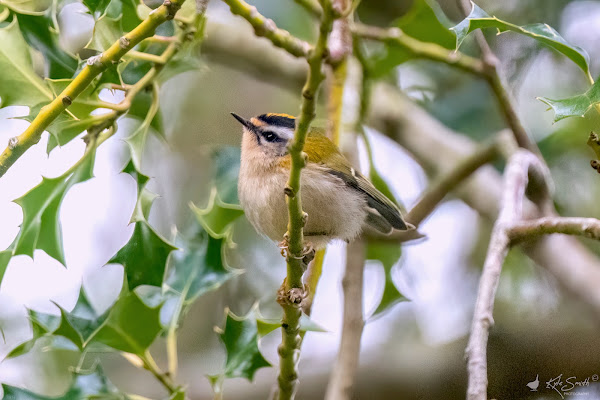
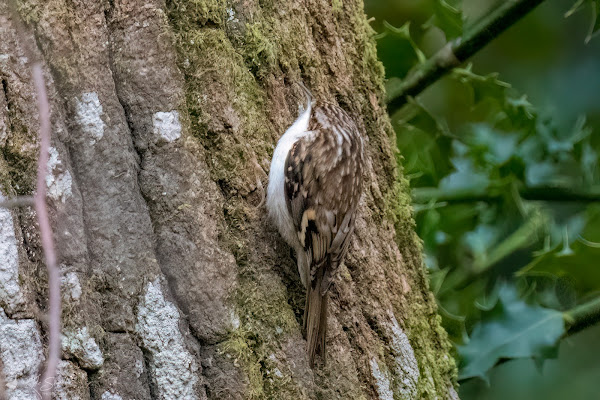
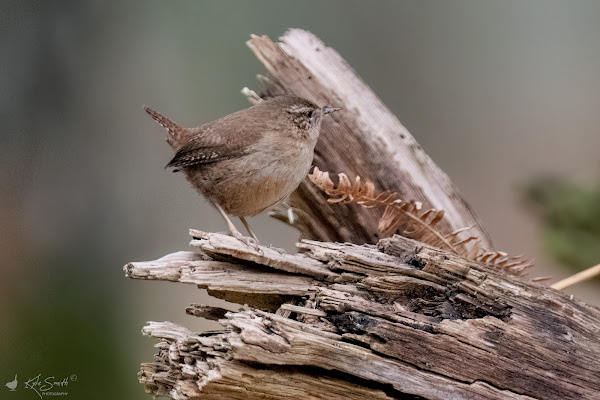
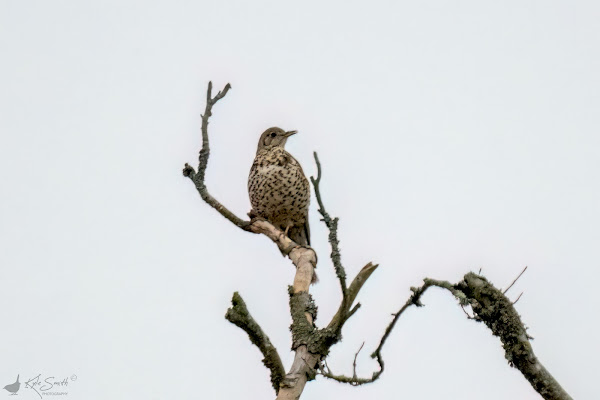
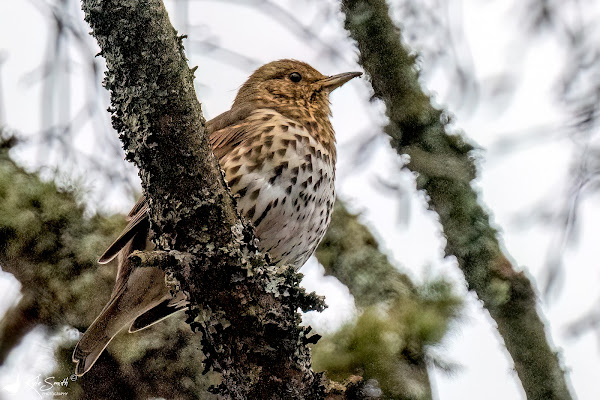
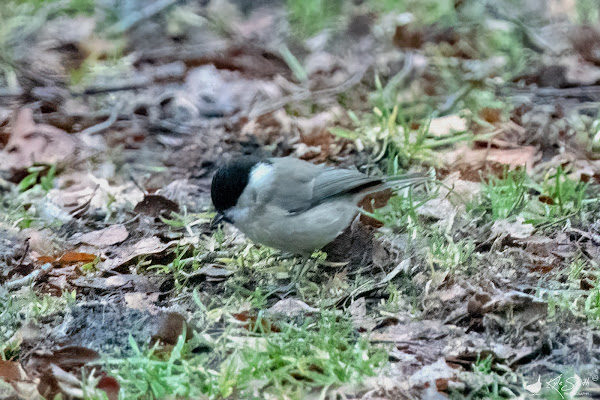
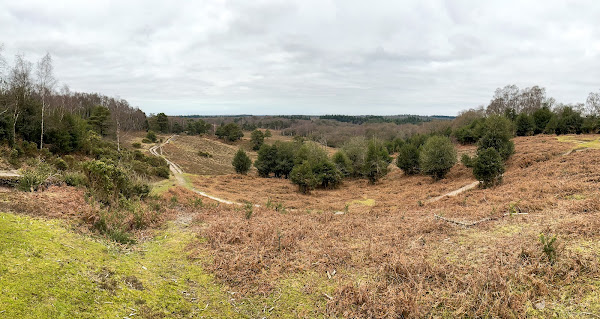

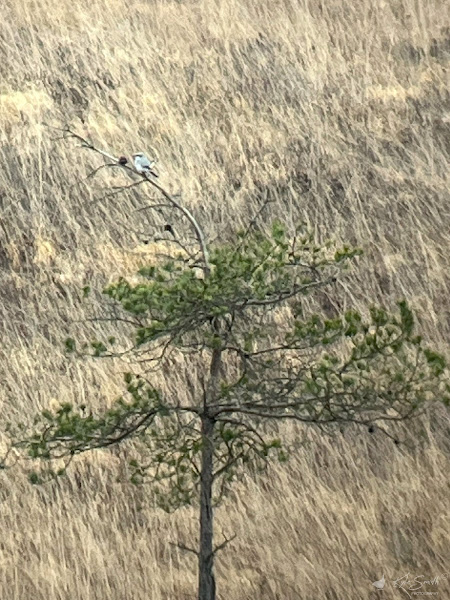

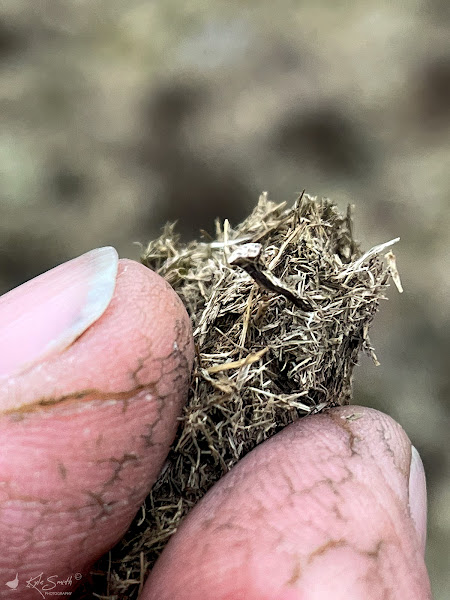
No comments:
Post a Comment